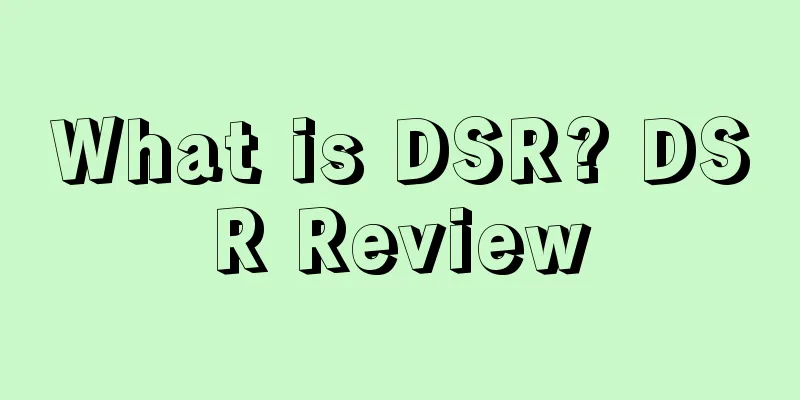Amazon backend major update! Multiple account policy relaxed?

|
Recently, a message prompt appeared in Amazon's backend, stating that sellers can now add an additional bank card as a payment account on the backend payment account page. Sellers can freely switch between these two valid payment accounts and choose the account to withdraw funds. Importantly, this switch will not be subject to the three-day retention period. Sellers can successfully add a second payment account by selecting "Add a new deposit method" on the payment page of the Amazon account backend and filling in the corresponding content according to the information provided by the payment platform company. Then, just like the default payment method, the second payment account can only choose a payment service provider that participates in the PSPP plan, otherwise withdrawals will not be possible normally. The emergence of a second payment account gives sellers an additional option when withdrawing money, and because it is not specified, it is more flexible and convenient when arranging withdrawals, which is a good thing for sellers. As for whether there will be a second review when binding a card, this is a question that many sellers are concerned about. Many people do not try to bind a second payment account because of the concern about the second review. According to what we have learned so far, some sellers do encounter a second review when binding. This is also related to the completeness of the account information, just like when binding for the first time or changing the binding. If the account information is complete, the chance of encountering a second review is smaller. So if it is a purchased store, it is better to wait and see for a while for safety reasons. At the same time, because they can bind another card, sellers can choose to cooperate with a payment platform with more advantages in terms of service and rates, without triggering the second review process that was easy to occur when changing the binding in the past. Sellers will be very happy to do this. Therefore, in the next period of time, these demands for opening a second card will be a business that payment platforms strive for. There will definitely be more policies and rates that are beneficial to our sellers . You don’t have to rush to register a new platform at this time. You can wait and see how the trial sellers respond, while waiting for greater discounts from the payment platform. Having said that, Amazon has always emphasized that only one card should be bound for payment collection and deduction in order to implement its single account policy. A seller is not allowed to hold multiple stores. Now that two payment cards can be bound, does it mean that Amazon’s single account policy has been relaxed? Behind the scenes of open payment card binding First of all, no matter whether it is a payment account or a deduction account, Amazon cannot capture the cardholder information and match it with the store registration information. Therefore, generally speaking, even if the third-party payment account is registered by the same person/company, as long as the generated card numbers are inconsistent, Amazon cannot associate the store through the payment account. Generally speaking, when the second payment account is opened this time, even if it is the same store, if two payment cards from different entities are bound, Amazon cannot associate them, regardless of whether the cards under the names of these entities are bound to other stores. The cardholder information cannot be captured, not to mention that everyone uses third-party payment, and the registration information is only available to the third party. If it was before the beginning of this year, the above would be the conclusion of this article. It is good news and there is nothing much to say. However, a major move at the beginning of this year has greatly increased the uncertainty brought about by card binding, namely the payment service provider PSPP plan. The original intention of the PSPP plan is to require third-party payment platforms to accept Amazon's supervision and require payment platforms and Amazon to share data at any time. This sharing is incredible. It is clear at a glance how many cards the company has registered on this payment platform and which stores are bound to it. Even because Amazon has forced the data of all payment platforms to be connected, it can also compare whether the seller has opened an account on other payment platforms and which stores are bound to them. This is scary when you think about it. We also mentioned this situation in our tweet yesterday. Amazon's overall environment is tightening now. The rules and red lines are very different from before. Everyone must be cautious and the measures to prevent association must be thorough, isolating the two stores from head to toe. The overall environment is indeed quite tense. This year's trend is no longer suitable for cross-border sellers to fight alone. They need to maintain communication with the circle at all times and keep abreast of the latest developments on the platform. |
<<: Amazon releases new features! Will it integrate more third-party services?
Recommend
What is Swiggy? Swiggy Review
Swiggy is an Indian food delivery platform. After ...
What is Amazon Inspire? Amazon Inspire Review
Amazon Inspire is a service that provides educator...
Climate Friendly Program Update! New Options for Product Exposure Growth
Amazon has updated its Climate Friendly Program in...
Charlie Munger is optimistic: Costco has the potential to become the next global e-commerce giant
According to Insider, Warren Buffett's right-h...
What is StreetPricer? StreetPricer Review
StreetPricer is a web-based automatic repricing to...
What is Image Resizer? Image Resizer Review
Image Resizer is a practical image compression too...
Banks launch "bride price loan", Amazon sellers cry...
Today, a poster about "Dowry Loan" was r...
Is this category on Amazon in crisis? How can sellers cope with the involution of the red ocean?
Recently, an overseas e-commerce data agency relea...
The number of social media users in Mexico has exceeded 100 million! TikTok is the main driving force!
<span data-shimo-docs="[[20,"获悉,根据市场研究机构We...
Registration is so difficult! Has Amazon started tightening its recruitment in March? Insurance warning strikes again
Affected by the epidemic, the urgent need for home...
How to get through the most difficult moments when starting Amazon alone
I came into contact with Amazon after graduating i...
56% of consumers have already bought their products! Back-to-school season is heating up in the US!
<span data-docs-delta="[[20,"获悉,根据美国零售联合会和...
As a cross-border seller, how can you make a living if you don’t take product pictures like this?
As we all know, product images are one of the key...
What is DataHawk? DataHawk Review
DataHawk is a cloud-based Amazon analytics tool th...
Zhong Nanshan: The epidemic is expected to end in April!
A few days ago, we analyzed the resumption of work...









